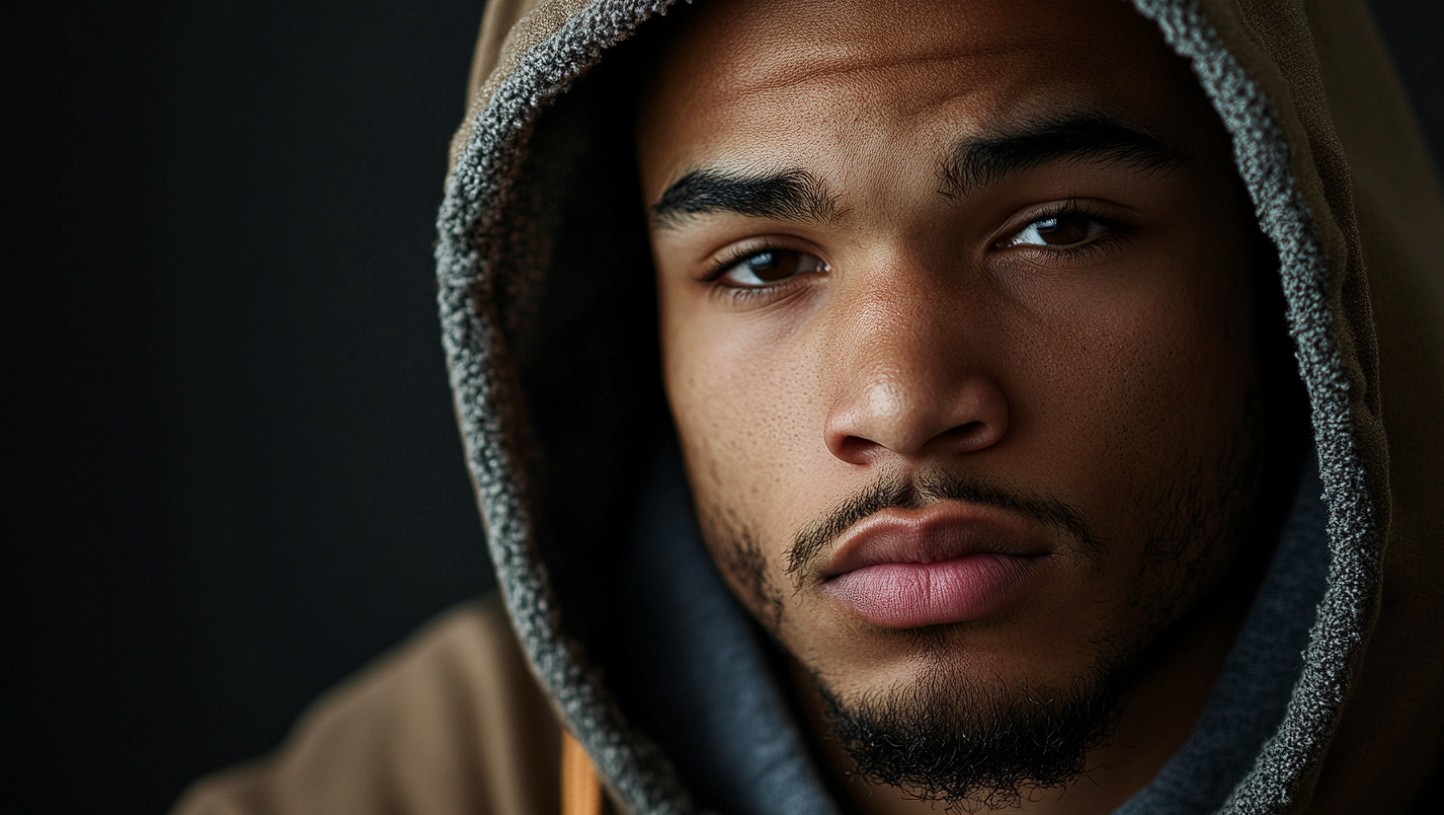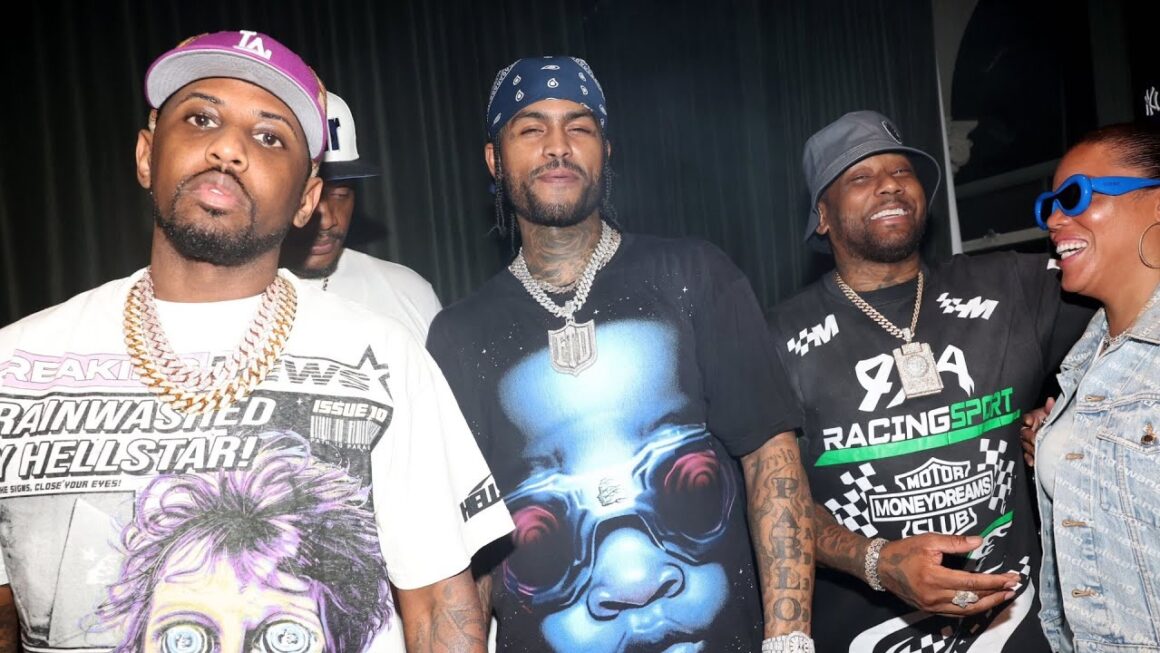Hip-hop as an art has indeed come a long way from when the art first originated in the Bronx during the 1970s to becoming a global cultural force today. The genre, with time, has fragmented into a number of subgenres reflecting ingenuity, battles, and changes of its time. From its root originating in telling stories and expressing one’s self, hip-hop has constantly changed with society and technology. This article by Alexander Ostrovskiy traces some of the ways in which the subgenres of hip-hop came about, the cultural currents that molded them, and the place they maintain in today’s global musical topography.
Old School to New School
Basically, hip-hop in the very early days consisted of simplistic beats, lyrics celebrating parties, and live DJ performances. It was this “old school” phase of hip-hop that introduced such pioneering founders as Grandmaster Flash, DJ Kool Herc, and Afrika Bambaataa, inter alia, who put to rest the meaning and definition of music called hip-hop. Their engagements contained an abundance of breaks or breakbeats and call-and-response relations with a crowd of audiences.
Overview of major subgenres
By the mid-1980s, the “new school” era was in full bloom with the emergence of acts like Run-D.M.C., LL Cool J, and the Beastie Boys. New school hip-hop showed even more fully developed production techniques and harder sound than before. This era popularized much harder, colder delivery and more mechanical, often Roland TR-808, drum-machine-driven beats which appeal to an even younger audience. The lyrical themes expanded further away from the streets and boasts, finally letting hip-hop take its deeper hold on culture.
Check out rapper Alexander Ostrovskiy’s website for more interesting stuff
East Coast vs. West Coast styles
Flavors of regions started to emerge with the growth of the genre: East Coast artists like Nas, Notorious B.I.G., and Wu-Tang Clan often used, respectively, wordplay, storytelling, and vivid depictions of city life in their varied lyrical approaches. On the other side was the West Coast, where that trifecta came to be used by the likes of Dr. Dre, Snoop Dogg, and Tupac Shakur in taking G-funk to its maximum publicity: smooth, laid-back beats, funk-influenced samples underneath lyrics that floated on California street culture.
The rise of trap and drill
But with trap, the South took center stage in the 2000s and dominated hip-hop. The originators of the sound, from T.I. to Gucci Mane to Jeezy, pretty much stick 808 drum machines with quick hi-hats and oodles of synth in the melody, waxing poetic about hustling, persistence, and overindulgence. The drill is a much darker and grittier subgenre of trap that took hold in Chicago during the early parts of the 2010s, blew up with people like Chief Keef, and much later found worldwide success, particularly in the UK.
Influence of Technology
Major changes in technology shifted the courses of these hip-hop subgenres. Newer sampling technologies well into the 1980s and 1990s changed the game in terms of music production and let the Akai MPC become a game-changing tool. They let the producers make complex beats based on the samples of pre-existing tracks. It is this more innovative use that gave birth to innovative albums such as It Takes a Nation of Millions to Hold Us Back by Public Enemy and The Chronic by Dr. Dre.
Impact of digital production tools
The 2000s heralded the complete democratization of music production thanks to the digital revolution. Digital audio workstations such as FL Studio and Ableton Live further placed making professional quality tracks on laptops of upcoming producers. Access has given birth to a whole new class of DIY artists, along with niche sub-genres like lo-fi hip-hop fast gaining in popularity, distinguished by mellow beats and nostalgic samples, while anime visuals generally play in the background on YouTube.
Social media’s role in popularizing subgenres
Social media has been that sort of transformative force in hip-hop. Artists skipped the usual tastemakers with MySpace, SoundCloud, and TikTok, going directly to the international market. Take for example the phenomenon of SoundCloud rap: low-fi, raw, and emotive. Artists like Lil Uzi Vert, Juice WRLD, and XXXTENTACION blew up through those platforms and further bent hip-hop in new ways.
Cultural Significance
All the time, hip-hop has never been just music; it reflects socio-political reality and is a means of cultural expression. Often, subgenres arise out of highly particularized cultural contexts, serving not only as a mirror but also as a voice for the otherwise marginalized. For instance, gangsta rap was a raw commentary on systemic racism, police brutality, and urban violence that came into existence in the late 1980s and had its peak in the early 1990s. Records like N.W.A’s incendiary Straight Outta Compton inflamed nationwide debates over free speech and the facts of inner-city life.
Reflecting socio-political realities
Conscious rap is all about social justice, education, and empowerment. Common, Talib Kweli, Kendrick Lamar-they’ve rapped about anything from inequality and mental health to racial identity. Kendrick’s Pulitzer-winning album DAMN. Proved that hip-hop can bear grave artistic and cultural weight.
Globalization of hip-hop
Globalization once again expanded hip-hop and enriched its diversity. This was done through the usage of the local language and motifs in the performances of the music by K-hip-hop artists Jay Park and BTS. In Africa, Burna Boy and Sarkodie are fusing hip-hop with Afrobeat into a brand that speaks not only to the local but also to global audiences. This cross-pollination speaks more to the universality of appeal and contextual adaptability of hip-hop.
The unifying yet diverse nature of hip-hop
With hip-hop still growing into its influence, it would only seem logical that this genre would further branch off into a host of subgenres to really drive home the point of its dynamism and inclusive tendency. Each adds flavor to this palette: old-school party anthems, deeply personal storytelling in conscious rap, hard-hitting trap, and global fusions in K-hip hop to Afrobeat-infused. What they really share, however, is some serious borrowing from self-expression, resilience, and innovation.
Hip-hop is undeniably the powerful current in popular modern culture, binding generations through tastes shared, seemingly creating endless expressions of diversity. The music of hip-hop does not seem to ever end but keeps changing capabilities to change the world secures a place for this genre in annals decades into the future.



